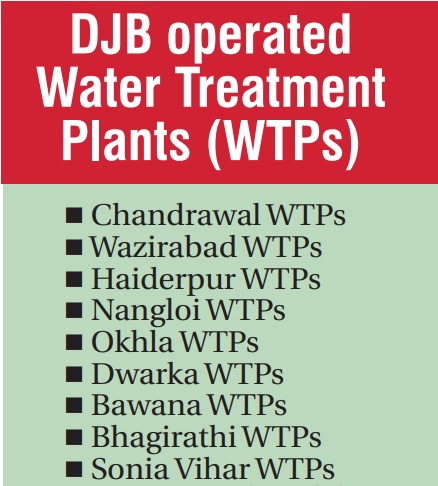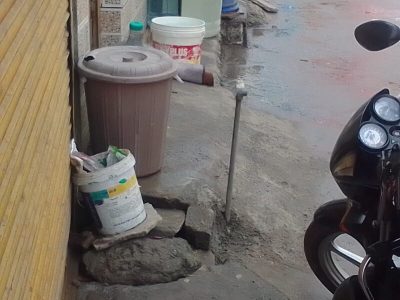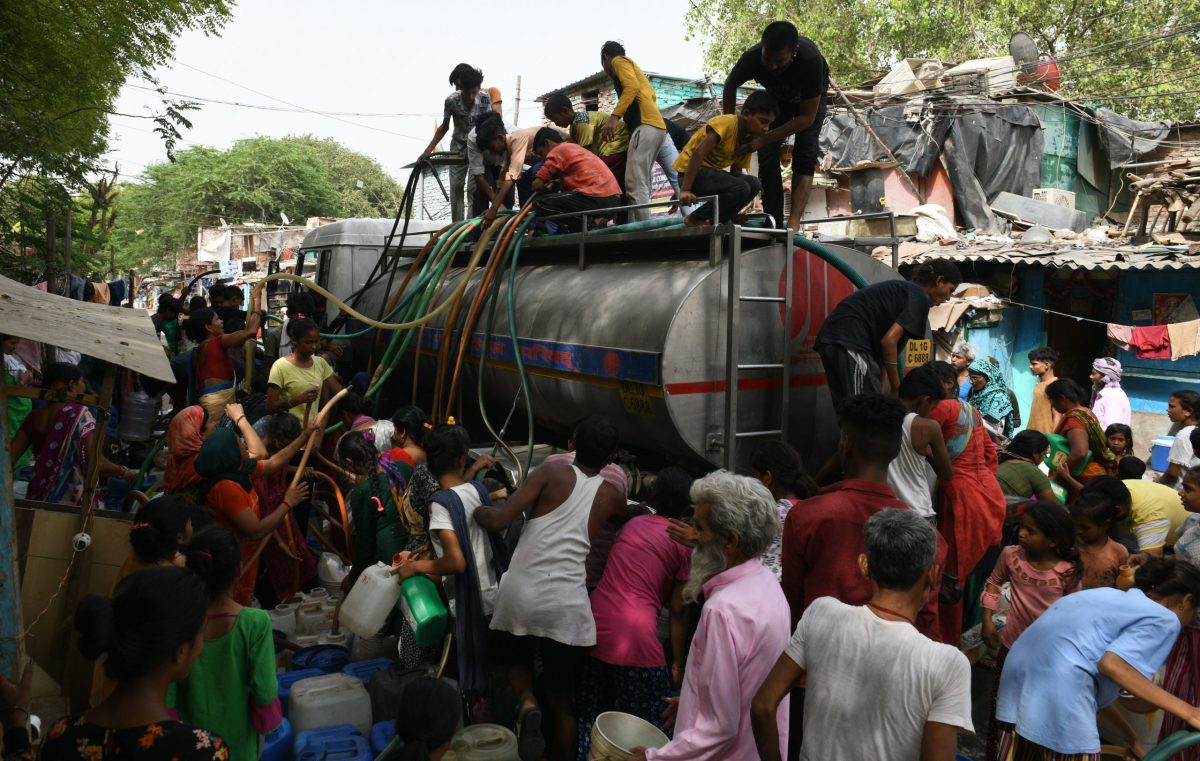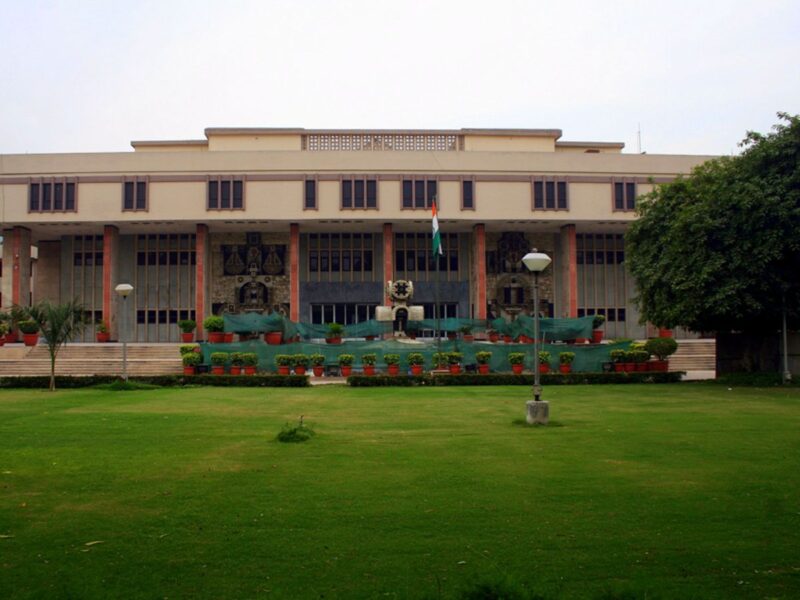Even as the temperature soars to 42 degrees Celsius in the national capital, water woes seem to be unending as Delhiites are forced to wait in long queues for the basic amenity.
The Delhi Jal Board, however, claimed to address the “persistent” water scarcity in the Capital by implementing summer action plan, a senior official said.
Mohit Arya, a resident of Burari, said that scores of residents in the area are facing water shortage, prompting them to call for water tankers. This comes at a time when the city’s temperature has soared to an alarming level.
Irregular water supply through pipelines has led to an increasing demand for water tankers in the Capital. Vishnu Bawa, a 55-year-old resident, expressed frustration as he waited to fill his gallons amid disagreements with neighbours.
“I have to go to work, but the timing of the water tanker coincides with my office hours, causing delay,” he lamented.
DJB tankers arrive once a week to serve specific societies in the area, leading to significant challenges for families, particularly during summer. Vishnu highlighted the arduous task of meeting the weekly water needs for a family of five.
For residents of Kusumpur Pahadiya, water scarcity is their primary concern, overshadowing others such as employment, education, health, and family relations.
Versha expressed deep-seated frustration, suggesting a longstanding water crisis in the area with little hope for improvement.
She recalled the era of the Indira Gandhi-led Congress government, remarking on the lack of significant change in the Capital’s water situation from then until the present Modi era.

Mornings in Kusumpur Pahadiya revolve around the struggle to fetch water, with mothers prioritising water over preparing breakfast for their school-going children. The daily task of carrying approximately 200 litres of water directly impacts the health and well-being of women.
As part of its summer action plan, the Delhi Jal Board (DJB) has set an ambitious target of supplying 1,000 million gallons per day (mgd) of water across the city, according to officials familiar with the objective.
Additionally, the water utility plans to increase the number of tankers delivering water to stressed areas and utilise tubewells to bolster the supply in Delhi.
Last year’s target was 988 mgd, but the DJB exceeded expectations by managing to supply up to 1000 mgd to the city on certain days.
Delhi’s reliance on neighbouring states to meet approximately 90% of its drinking water demand is significant. This water is procured through various channels, including the Yamuna, the carrier lined channel (CLC) Munak, and the Delhi Sub-Branch (DSB) canals from Haryana, as well as the Upper Ganga Canal via Muradnagar from Uttar Pradesh. To process this water, the Delhi Jal Board (DJB) operates nine water treatment plants (WTPs) located at Chandrawal, Wazirabad, Haiderpur, Nangloi, Okhla, Dwarka, Bawana, Bhagirathi, and Sonia Vihar.
While the majority of the demand is met through external sources, approximately 10% is supplied through internal water sources, primarily tubewells and ranney wells.
In light of the summer season, a DJB official familiar with the summer action plan revealed ongoing efforts to enhance water supply.
Measures are being taken or nearing completion to optimise resources and increase water production by 1-2 mgd at WTPs such as Haiderpur, Chandrawal, Dwarka, Bhagirathi, and Sonia Vihar.
Additionally, the number of operational tubewells has been raised from 5,498 last year to 5,726, indicating a concerted effort to address the city’s water needs.
However, according to the economic survey presented by the Delhi government in March, the current water requirement of Delhi stands at 1,290 mgd for an estimated population of 21.5 million, resulting in a demand-supply gap of over 290 mgd.
In recent years, Delhi has witnessed a rapid expansion of its water supply pipe network, particularly in its 1,799 unauthorised colonies, where water supply lines already laid in 1,638 colonies, with ongoing work in several others.

During the peak summer months of May-June, DJB will deploy 961 tankers, out of which 811 have already been hired. While this is fewer than the 1,047 tankers targeted in the 2023 action plan, more than 8,700 fixed water supply points have been designated for these tankers, an increase from 6,050 supply points last year.
However, DJB faces the challenge of rising ammonia levels during summer, which can disrupt water supply as major treatment plants like Wazirabad and Chandrawal are often temporarily shut down due to pollution. Although an ammonia treatment plan has been included in the summer action plan since last year, it is yet to be constructed.





